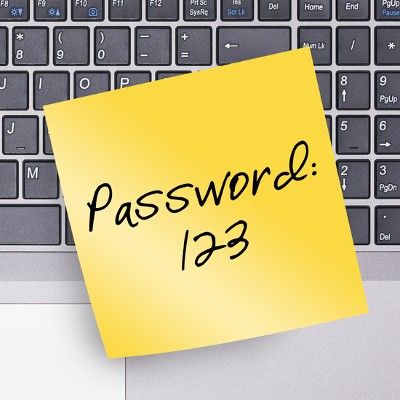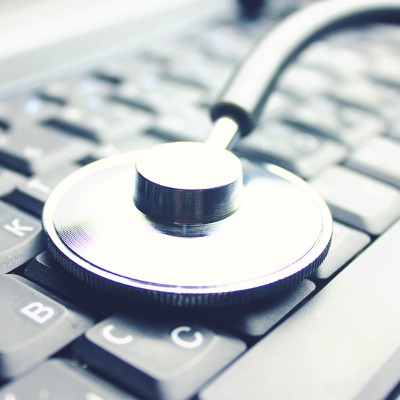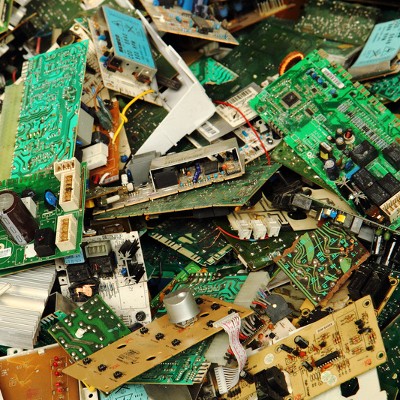- You are here:
-
Blog

- Recent Blog Posts
NetWorthy Systems Blog
The Internet has long been a great tool for business, but you can’t take advantage of it without putting your sensitive data at risk of threats, like hackers and malware. Granted, when it comes to cyber security, even the most cautious business will have a lot on their plate. We’ll go over eight of the most important security best practices, and how you can implement them for your business.
Do you loan out your Netflix password to friends so that they can catch up on their favorite shows? If so, you’re in violation of a recent federal court ruling, which declares that sharing a password of any kind is now a federal offense. So, if you plan on watching the new Netflix original series Stranger Things, you may want to reconsider how you plan to do so.
Online threats against healthcare organizations are currently one of the biggest cybersecurity issues. A reported 100-million-plus total medical records have been compromised, according to IBM’s 2016 Cyber Security Intelligence Index. How could a hacker profit off of accessing someone’s medical records? Simply put: ransomware.
So you’ve gotten yourself some new hardware. That’s great, but what are you going to do with your old equipment? You need to make sure that you’re handling your old technology properly, and there may be ways for your old hardware to find a second life. Before chucking it in the trash, first consider your options.




